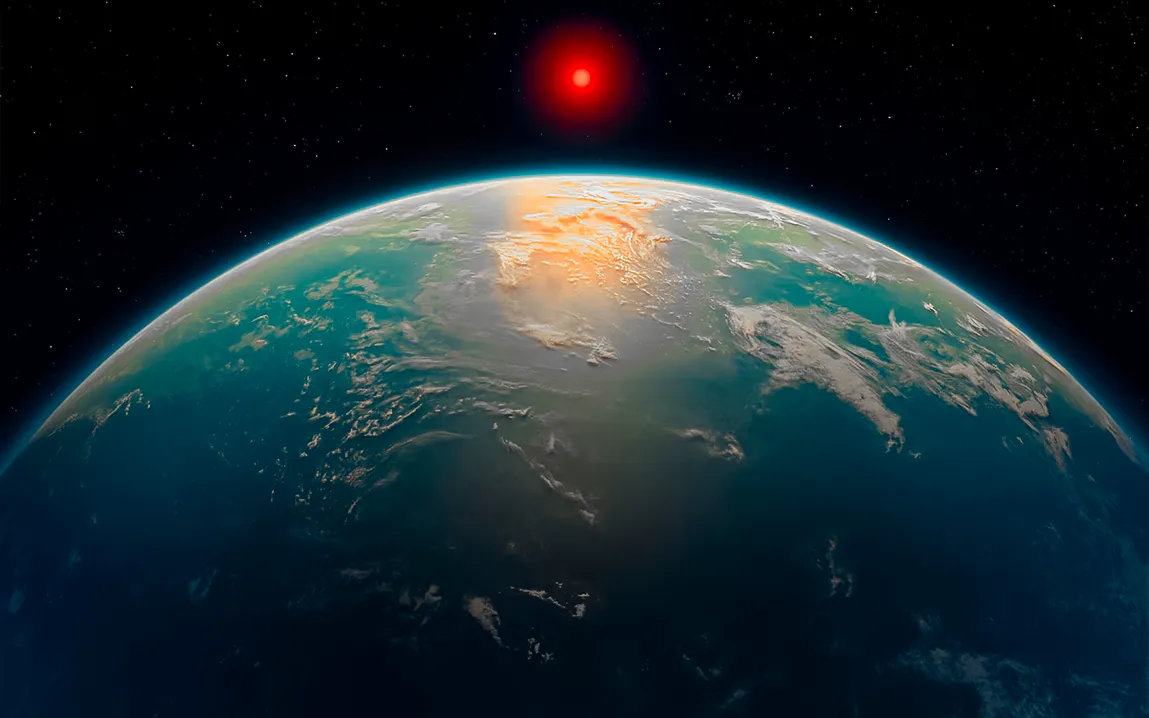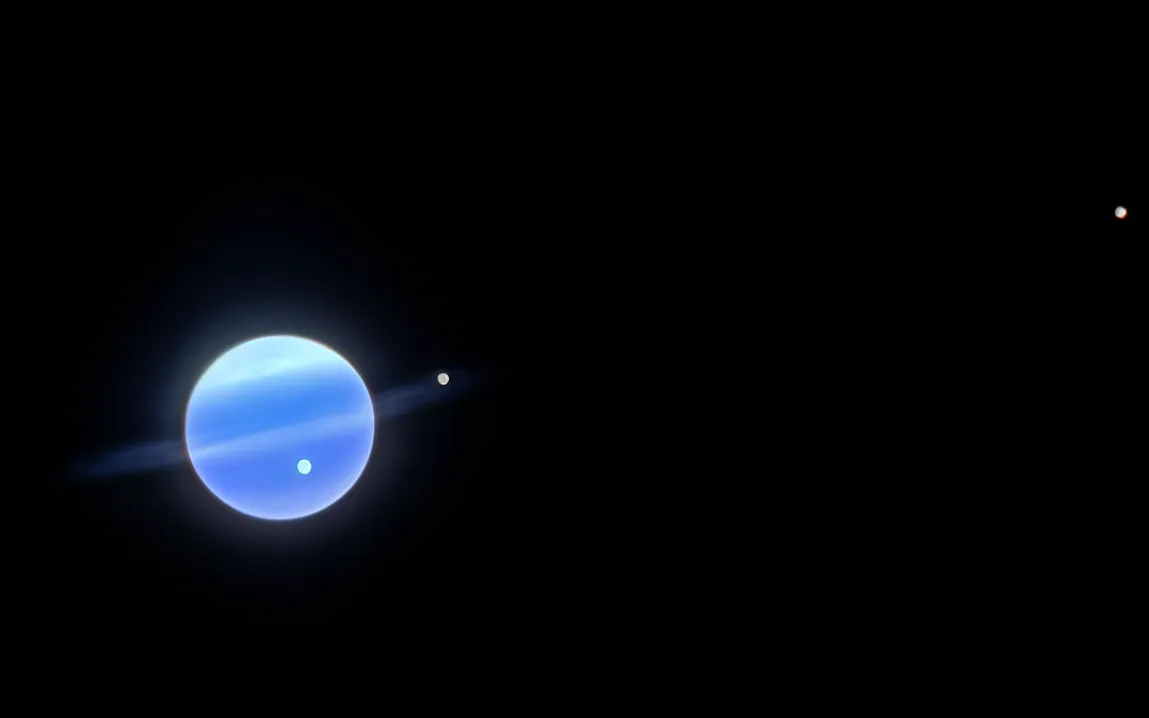Scientists studying a distant exoplanet say they’ve found what could be the strongest sign of alien life yet, a molecule that, on Earth, is only made by living organisms.
The planet in question, K2-18b, is 120 light-years away and orbits a star in the constellation Leo. Its atmosphere, as indicated by a recently released research study, contains a sign of dimethyl sulfide, a compound that exists only in life on Earth and is derived in large measures from marine algae.
“This is a revolutionary moment,” said Nikku Madhusudhan, an astronomer at the University of Cambridge and lead author of the new paper. “It’s the first time humanity has seen potential biosignatures on a habitable planet.”
What We Know About K2-18b
K2-18b is what astronomers call a sub-Neptune, a type of planet common in other solar systems but with no equivalent in our own. It’s much larger than Earth, smaller than Neptune, and might have a hydrogen-rich atmosphere and an ocean-covered surface.
Dr. Madhusudhan’s team has even coined a term for planets like this: Hycean worlds, combining “hydrogen” and “ocean.”
What Webb Telescope Found
With the James Webb Space Telescope, researchers examined starlight that filtered through the world’s atmosphere. Methane and carbon dioxide molecules were anticipated. But here the surprise lay in the detection of a robust signal of dimethyl sulfide (DMS), a molecule hitherto thought to be one of the most promising biosignatures for extraterrestrial life.
“It is a shock to the system,” said Madhusudhan. “We spent an enormous amount of time just trying to get rid of the signal.”
But the signal didn’t go away. In fact, it was thousands of times stronger than DMS levels on Earth. The team also found traces of dimethyl disulfide, another molecule associated with biological processes.
Why Scientists Are Still Cautious
Despite the excitement, no one is declaring that aliens have been found yet.
“It’s not nothing,” said Stephen Schmidt, a planetary scientist at Johns Hopkins. “It’s a hint. But we cannot conclude it’s habitable yet.”
Other experts warn that K2-18b could still be hostile to life. One alternate theory suggests the planet may be a rocky world with a magma ocean, surrounded by a hot hydrogen atmosphere, not exactly ideal for life.
Even if DMS does exist on K2-18b, scientists don’t yet know how it behaves in such environments. Experiments are needed to understand how these molecules would act in Hycean conditions.
“We’re just starting to understand the nature of these exotic worlds,” said Matthew Nixon, a planetary scientist at the University of Maryland.
What’s Next for the Search?
NASA plans to continue monitoring K2-18b using Webb, and more powerful telescopes are already in development. But there’s a growing concern in the scientific community that budget cuts could derail progress.
“The Trump administration is reportedly planning to cut NASA’s science budget in half,” said Joshua Krissansen-Totton, an astrobiologist at the University of Washington. “If that happens, the search for life elsewhere would basically stop.”
For now, the mystery remains. K2-18b may hold the secrets to alien life or may simply be another dead world with strange chemistry.
As Nikole Lewis, an exoplanetary scientist at Cornell, put it:
“I’m not screaming ‘aliens!’ But I always reserve my right to scream ‘aliens!’”



